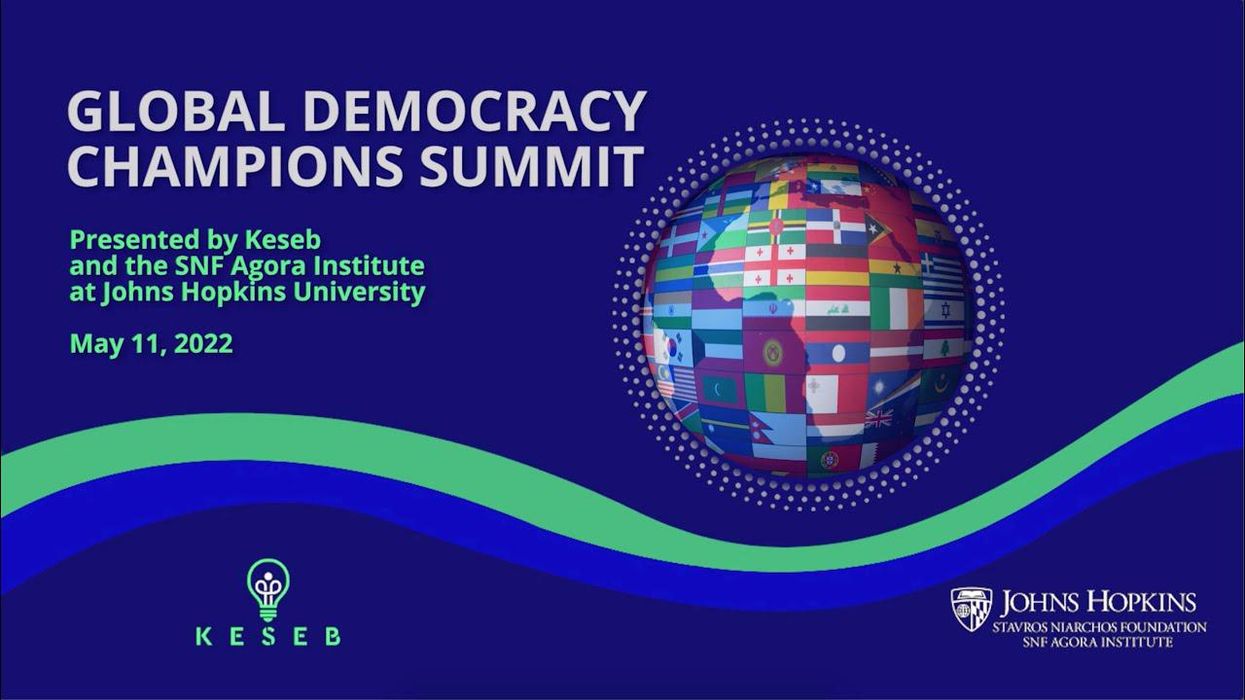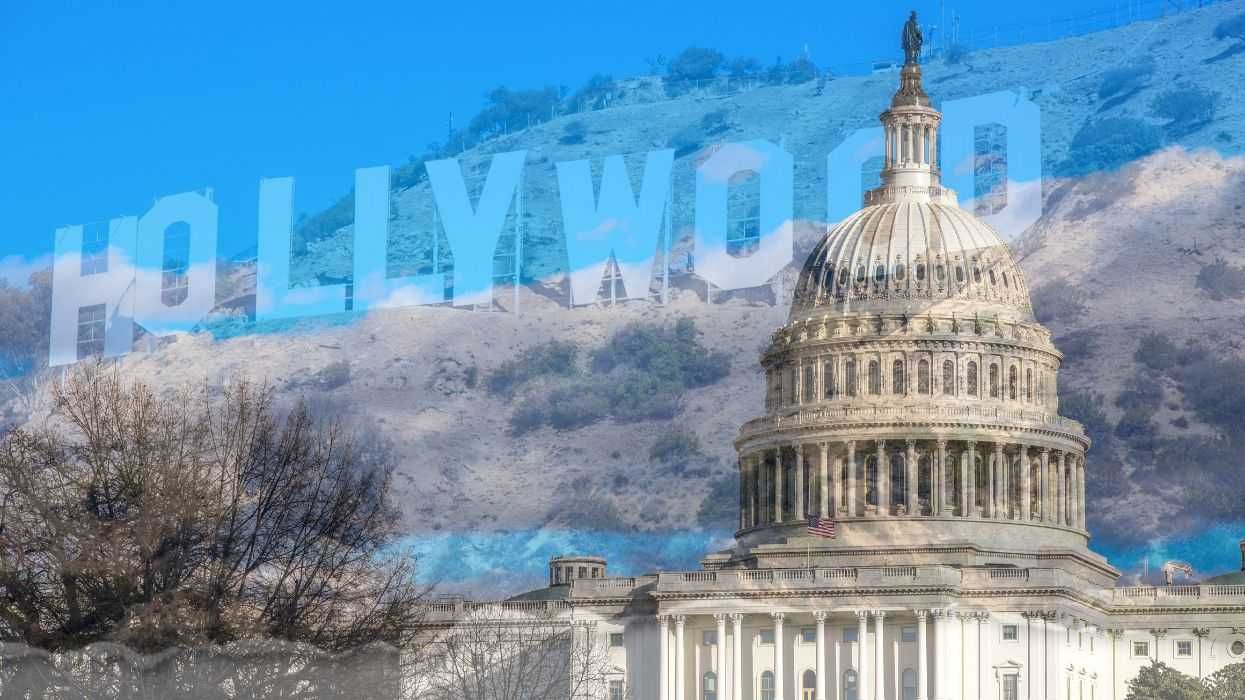This week, we are excited to share a video series featuring panel discussions from the Global Democracy Champions Summit co-hosted by Keseb and the SNF Agora Institute at Johns Hopkins University. We hope this series will spur dialogue and action to advance inclusive democracy in the US and globally.
Citizens of both established democracies and the world’s most repressive regimes have become less free in recent years, with 8 in 10 people living in “Partly Free” or “Not Free” countries, according to the Freedom House. While democratic Ukraine’s fierce resistance has galvanized a steadfast international response, efforts by democracy champions to turn the tide on authoritarianism and build inclusive, multi-racial, multi-ethnic democracy remain siloed – segmented by national boundaries.
On May 11 2022, Keseb and the SNF Agora Institute at Johns Hopkins University partnered to host the inaugural Global Democracy Champions Summit featuring over 400 registrants from 48 countries and 25 speakers from 12 countries. The Summit created a forum for democracy entrepreneurs, activists, academics, journalists, philanthropists, and policy makers to uplift compelling ideas, share insights across national boundaries, and create a global network of activists and civil society leaders committed to building inclusive, 21st century democracies.
Sessions from the Summit included: the state of global democracy; battling the effects of conspiracy theory and disinformation; building enduring people power; imagining a co-governance model; entrepreneurship as a vehicle for building inclusive and multigroup democracies; and the global youth movement for democracy.
Check out highlights from the Summit: Highlights Video: 2022 Global Democracy Champions Summit
We will share one panel discussion from the Summit each day of this week. Come back tomorrow to view “The State of Global Democracy.”
Please visit Keseb and the SNF Agora Institute at Johns Hopkins University to subscribe and receive news of future Democracy Champions opportunities.




















